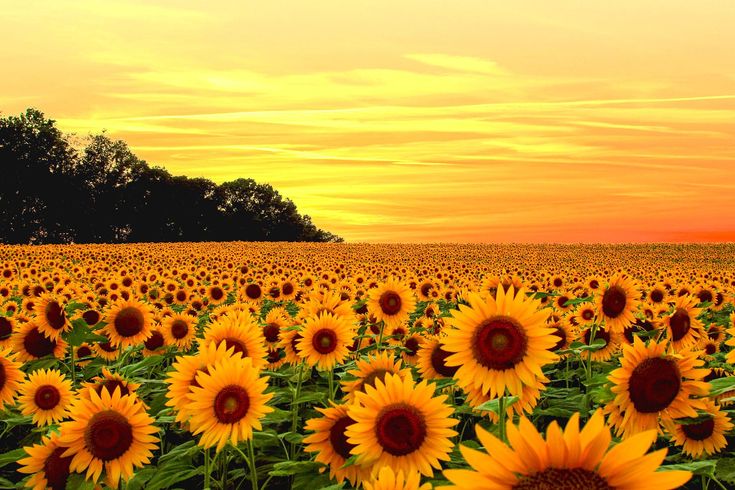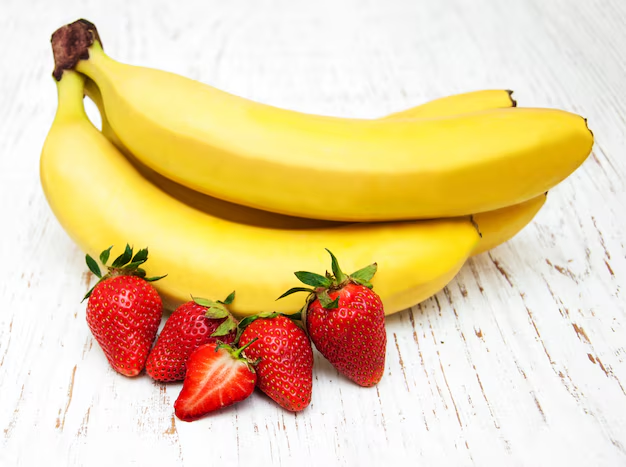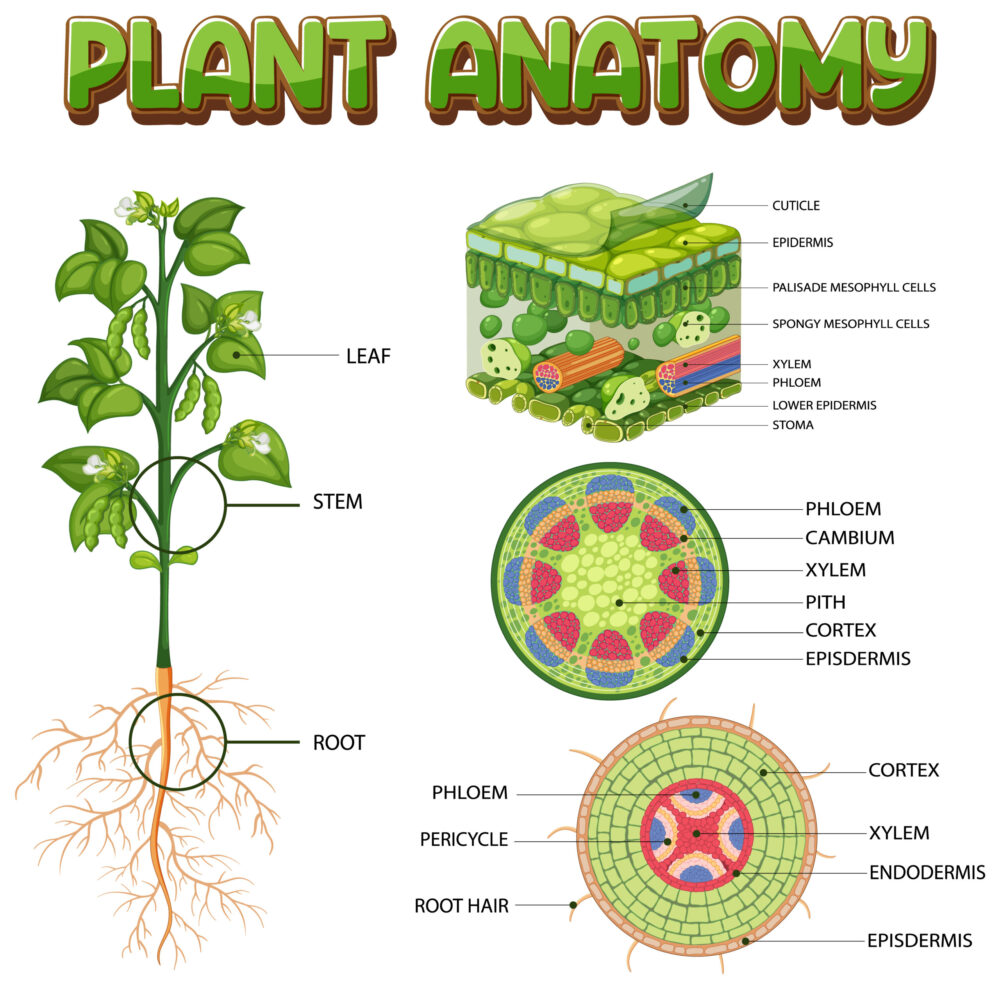Category: Botony

Did You Know? Sunflowers Follow the Sun… Until They Don’t!
Sunflowers are more than just beautiful yellow blooms that brighten up fields and gardens. These incredible plants have a fascinating behavior that has amazed scientists and nature lovers for centuries—they follow the sun as it moves across the sky! 🌻☀️ But here’s the surprising part: once they mature, they stop moving! 😲 Let’s dive into…

Bananas Are Berries, But Strawberries Aren’t? Here’s Why!
Bananas Are Berries, But Strawberries Aren’t? Here’s Why! 🍌🍓 Nature is full of surprises, and fruits are no exception! You might think you know what a berry is, but science tells a different story. While we often call strawberries, raspberries, and blackberries berries, they actually aren’t true berries! However, bananas, cucumbers, and even eggplants are.…

General Q&A part-6
State two features of the gas exchange surface in humans? The gas exchange surface in humans primarily refers to the respiratory system, where the exchange of oxygen and carbon dioxide takes place. Two essential features of the gas exchange surface in humans are: Large Surface Area: The gas exchange surface in humans, which includes the…

Q&A on plant kingdom
The world of plants is a rich and diverse one, with countless species that span the globe, from the tallest trees to the tiniest mosses. Understanding the plant kingdom is not only fascinating but also essential to our understanding of the natural world. In this Q&A on the plant kingdom, we will delve into the…

General Q&A part-5
What are the stages involved in PCR, and on what does PCR depend? Polymerase Chain Reaction (PCR) is a widely used molecular biology technique for amplifying specific DNA sequences. PCR involves several stages, and it depends on various components and conditions for successful amplification. Here are the main stages of PCR and what PCR depends…

The Living World and Taxonomy
Biodiversity The variety of life forms present on Earth, including the different species of plants, animals, and microorganisms, their genetic variation, and the ecosystems they form. Species A group of individuals that can interbreed and produce fertile offspring in nature; the basic unit of biological classification. Taxonomy The science of naming, defining, and classifying organisms…

General Biology MCQs
Here are some biology MCQs. 1. Which organelle is responsible for photosynthesis in plant cells? a) Mitochondria b) Nucleus c) Chloroplasts d) Endoplasmic reticulum Answer: c) Chloroplasts Explanation: Chloroplasts are the organelles responsible for photosynthesis, where plants convert sunlight into chemical energy in the form of glucose. 2. Which of the following is NOT a…

General Q&A part-4
What is oncology? Oncology is the branch of medicine that specializes in the study, diagnosis, treatment, and research of cancer. Cancer is a complex group of diseases characterized by the uncontrolled growth and spread of abnormal cells in the body. Oncologists are medical professionals who are trained to diagnose and treat various types of cancer,…

General Q&A part-2
This page contains general Q&A questions asked by curious people. What is biochemistry? Biochemistry is a branch of science that combines principles from both biology and chemistry to study the chemical processes and substances that occur within living organisms. It focuses on understanding the molecular mechanisms that underlie various biological functions and processes, including metabolism,…

General Q&A part-1
This page contains general Q&A questions asked by curious people. How many types of Air pollution? Air pollution can be categorized into several types based on the sources of pollutants, the nature of the pollutants, and their effects on the environment and human health. The main types of air pollution include: Particulate Matter (PM): Particulate…

Q&A on plant structure and function
Q: What is the primary function of plant leaves? A: The primary function of plant leaves is to perform photosynthesis, where they convert sunlight, carbon dioxide, and water into glucose and oxygen. Additionally, leaves also facilitate gas exchange and transpiration. Q: How do plant roots contribute to the overall health of a plant? A: Plant…

Plant structure and function
Let’s delve into more detail about plant structure and function: Plant Structure: Roots: Function: Roots have several essential functions, including anchoring the plant in the soil, absorbing water and minerals, and storing carbohydrates. Types: Taproots: A single, large, central root, typical in dicotyledonous plants. Fibrous roots: A network of fine, slender roots, common in monocotyledonous…






